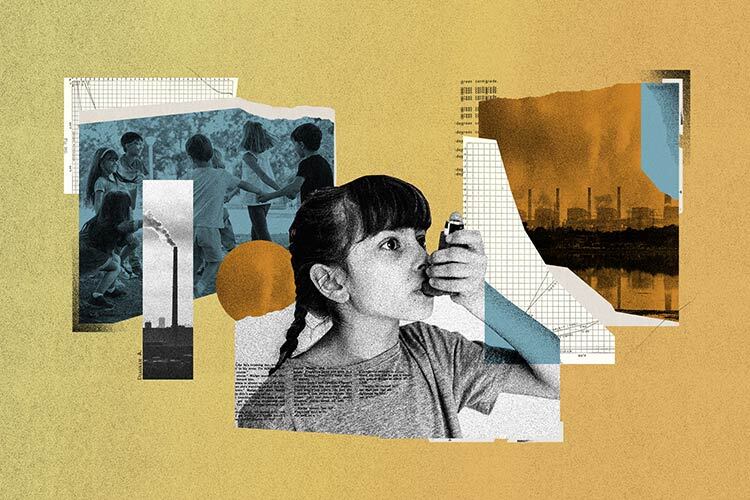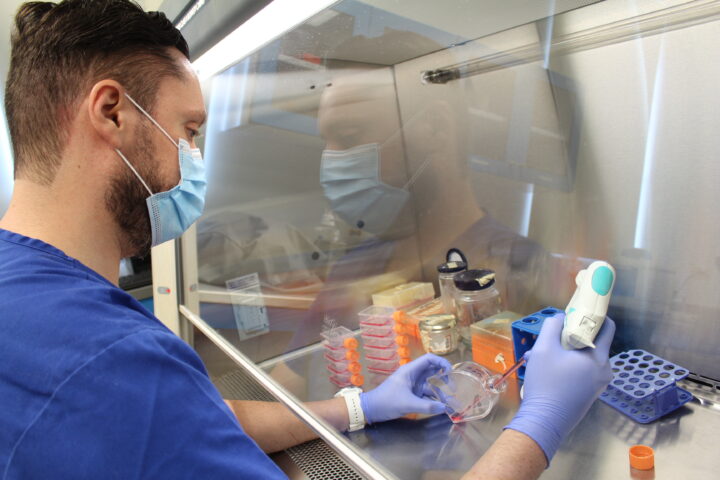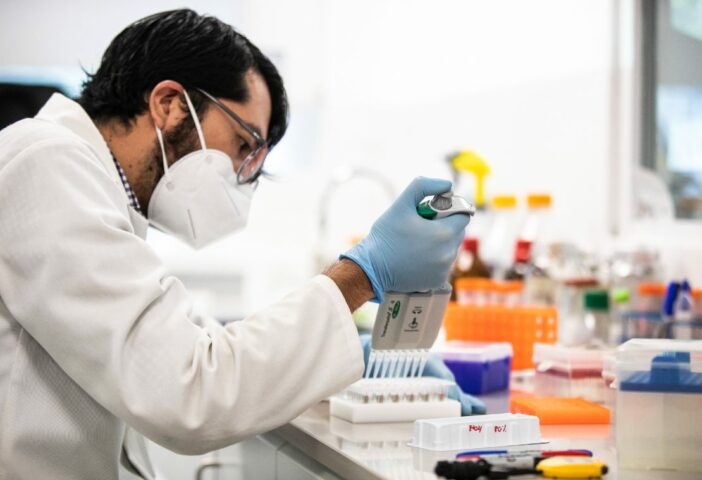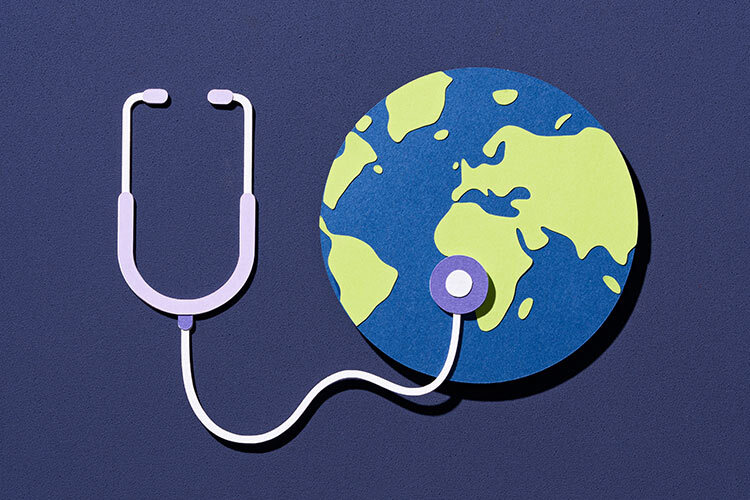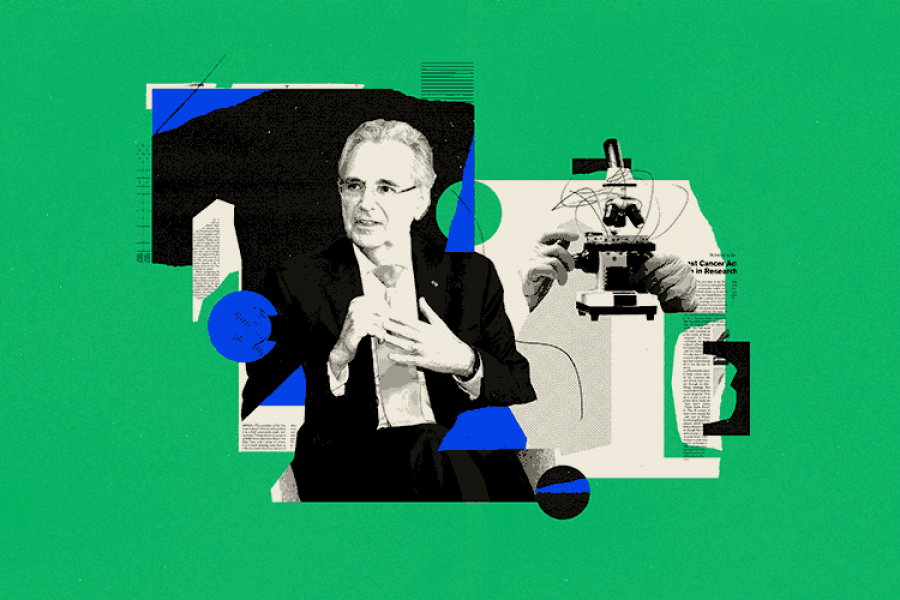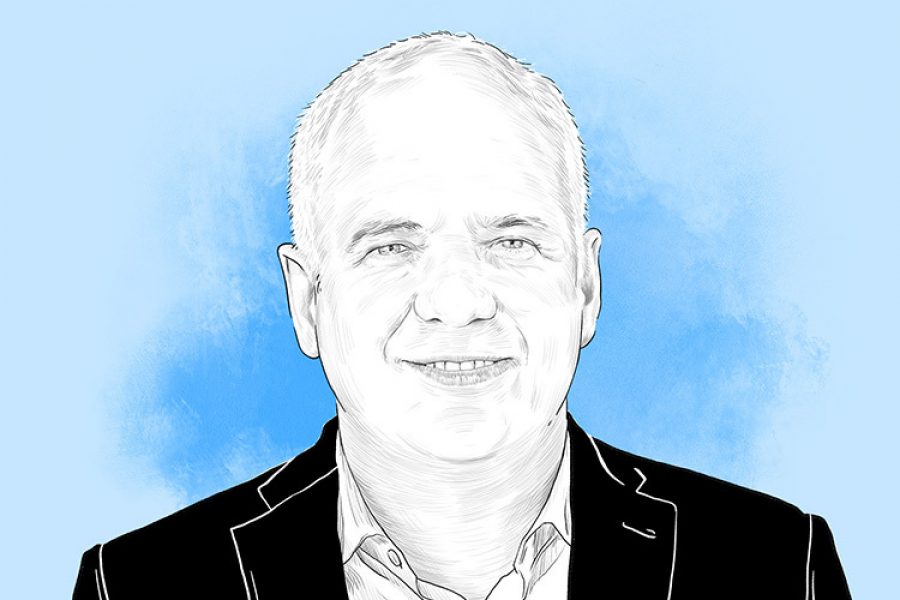After the pandemic, when schools and businesses around the city started to open again, allergist Maria Teresa Burguete Cabañas noticed a change that worried her. Burguete, who is also an immunologist and pediatrician at the Hospital Zambrano Hellion with TecSalud, usually recommends that families stay inside their homes due to the effects that poor air quality could have on respiratory health.
Regardless, she found that her patients no longer wanted to stay home. “The last thing parents wanted to hear was that their kids couldn’t go outside when they’ve already been in lockdown for so long.”
According to Nuevo Leon’s monitoring systems, pollution in Monterrey increased after the mandatory Covid-19 lockdowns: the particulate matter under 2.5 µm (PM2.5) increased almost 55% from 2019 to 2023. At those levels, the World Health Organization (WHO) recommends that people refrain from any outdoor activities.
Just in the last six months, the Monterrey Metropolitan Area has seen levels of air pollution of PM2.5 and particulate matter under 10 µm not accepted by the WHO.
Meanwhile, in Mexico City, of the 168 days of the year, only 24 were considered “clean days.”
For Burguete’s patients, this means that if they do any type of outdoor sport or activities and they develop a cough or other respiratory issues, it could take up to six weeks for them to recover instead of the usual three to five days.
What Are the Health Consequences of Air Pollution?
It’s been almost a decade since the effects of air pollution on asthma and other respiratory issues was confirmed in Mexico City, Burguete said.
In 2015, researchers at the National Autonomous University of Mexico (UNAM) published a report confirming that an increase in air pollution leads to an increase in both the frequency and the intensity of respiratory issues.
In February of this year, researchers at the Autonomous University of Nuevo Leon (UANL) published a study in the World Allergy Organization Journal which provided further insight into the relationship between Monterrey’s most polluted areas and asthma symptoms. Their investigation found that people who lived within 165 meters of heavy-traffic roads or within 241 meters of an industrial factory suffered more intense symptoms than those who lived further away from those areas.
“It is a constant source of irritant to which the population is being exposed, and what this causes is an inflammatory process in all the respiratory tract,” says Burguete.
For the specialist, constantly breathing poor quality air is like having your legs scraped in such a way that they lose their skin.
What remains is living skin without the protective epithelium, increasing the risk of infection or the rapid penetration of molecules into the body.
What Are The Most Dangerous Pollutants?
Respiratory pollutants are classified by size: those measuring less than 2.5 µm pose a higher risk because they can travel directly into the deepest parts of the respiratory system. According to Burguete, these are the most prevalent pollutants in Nuevo Leon.
Globally, the WHO indicates that the majority of particulate matter comes from industrial activity and car use. In Monterrey, nearly 40% of the city’s pollution comes from vehicle emissions. That’s according to IQAir, a Swedish organization specializing in urban air quality assessment.
The metropolitan area of Monterrey, including San Pedro Garza Garcia and Santa Catarina, is the most polluted in the country, according to IQAir. In Monterrey, the concentration of PM2.5 particles is currently 8.7 times higher than the value recommended by the WHO.
Another factor exacerbating respiratory problems is the level of construction in the cities. Between April and May alone, new construction projects totaling 391,000 square meters started in Monterrey, an increase of almost 125% compared to the same two months in 2023.
Living With Asthma in Isolation
Shantrell Perry in Detroit, Michigan knows first hand how construction can worsen her respiratory health.
Because of construction near her home, Perry and her children, who all suffer from asthma, have experienced more severe symptoms than before. She has lived with the condition for 33 years.
This year alone, her children, aged four and 11, have each had an asthma attack. “People don’t realize how serious it can be to live in a city like this with this condition,” Perry said. “Leaving the house can be a life-or-death decision.”
Though pollution in Detroit is not as high as in Monterrey, the concentration of PM2.5 particles in the industrial American city is 1.3 times higher than the levels recommended by the WHO.
How Can We Reduce The Harm of Environmental Pollutants?
Perry says she doesn’t monitor pollution levels in her city. After so many years living with asthma, she can tell whether or not it’s going to be a good or bad day even before leaving her house.
On days with poor air quality, she doesn’t let her children go outside. “I don’t even let them sit on the porch,” she said. She sends them to school with their inhalers and plenty of water. Their teachers are also aware that her children need to stay indoors or find shade under a tree.
Inside her home, they keep an air filter running almost all day to maintain clean air.
Public Measures Against Pollution Are Insufficient
Burguete advises her patients to use nasal sprays and eye drops. “This helps keep their epithelium in good condition,” she said. “That way, they serve as a barrier against the external irritant.”
Earlier this year, the government of Nuevo Leon introduced the Comprehensive Strategic Air Quality Management Program (PIGECA) which will go into effect in this coming decade. The plan aims to reduce emissions and improve air quality in the state. Eighty-two companies have committed to reducing their pollutants with an investment of 2.5 billion pesos.
Burguete says including companies and industries responsible for pollutants makes this a good initiative. But, insufficient since it lacks the inclusion of refineries in the area, a clear plan and sanctions for those who fail to comply.
Did you find this story interesting? Would you like to publish it? Contact our content editor to learn more at marianaleonm@tec.mx
